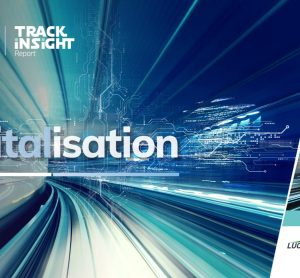Global Railway Review’s Track Insight: Digitalisation
Welcome to the forefront of rail innovation! Global Railway Review is proud to present our latest Track Insight digital report on Digitalisation. This comprehensive report delves into the profound technological evolution that is reshaping every facet of the rail sector, moving beyond buzzwords to reveal tangible realities.





